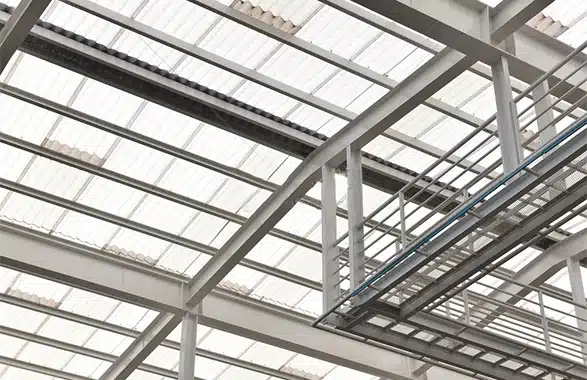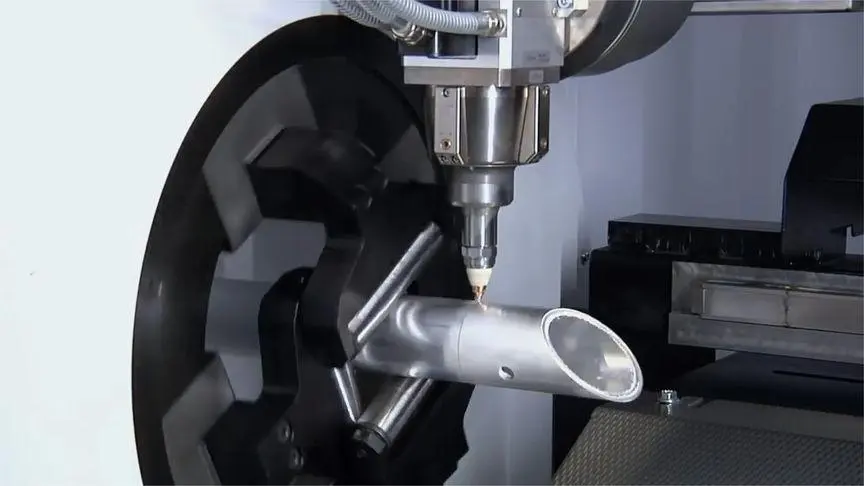The truss in the truss structure refers to the truss beam, which is a lattice beam structure. Truss structures are often used in public buildings such as long-span factories, exhibition halls, stadiums, and bridges. Since they are mostly used in building roof structures, trusses are often also called roof trusses.
Basic principles of tube truss design:
Stability: The pipe truss maintains the stability of the entire system through reasonable beam and column structures. Stability can resist deformation and overturning under external forces, ensuring the safety of the entire structure.Stiffness: The stiffness of a tube truss determines its ability to respond to loads. By rationally selecting pipe materials and connection methods, the stiffness of the truss can be improved and deformation reduced to meet actual use needs.Connection method: The connection method of pipe trusses usually uses bolts, welding or bolts. The choice of connection method should take into account factors such as construction convenience, load-bearing capacity and disassembly.
Pipe truss components:
Longitudinal support: mainly composed of vertical columns, which bear longitudinal load and provide overall stability. Columns are generally made of round or square steel tubes, which have high strength and stiffness.Horizontal beams: Horizontal beams connect columns to form a stable frame structure. Cross beams are usually made of circular or rectangular steel tubes, which can effectively transmit loads and maintain overall balance.Diagonal braces: Increasing the stability and stiffness of the truss by connecting beams and columns diagonally. Diagonal braces generally take the form of a triangle to evenly distribute the load and provide strong support.
Construction field: In buildings, pipe trusses are used to build large-span roof structures, exhibition halls, stadiums, etc. Its lightweight characteristics make buildings more flexible and help save materials and reduce construction time. Laser pipe cutting machines are able to cut these pipe trusses quickly and accurately.Bridge construction: Pipe trusses are often used in bridge construction, especially large-scale bridges across seas, rivers, and rivers. They have high strength and stiffness, can withstand large loads, and are highly flexible during construction. However, this type of pipe truss usually has a relatively large thickness and diameter, and traditional cutting methods are inefficient. Therefore, heavy-duty laser pipe cutting equipment comes in handy to meet the cutting needs of large pipes.Stadiums and outdoor performance venues: Pipe trusses are widely used in the construction of sports venues and outdoor performance venues, such as gymnasiums, open-air stages, etc. Its lightweight characteristics and easy disassembly allow the venue to be flexibly laid out and modified according to different needs. However, pipes of various shapes and lengths are also required, so a laser pipe cutting machine that can meet a variety of customized solutions is a good choice.


